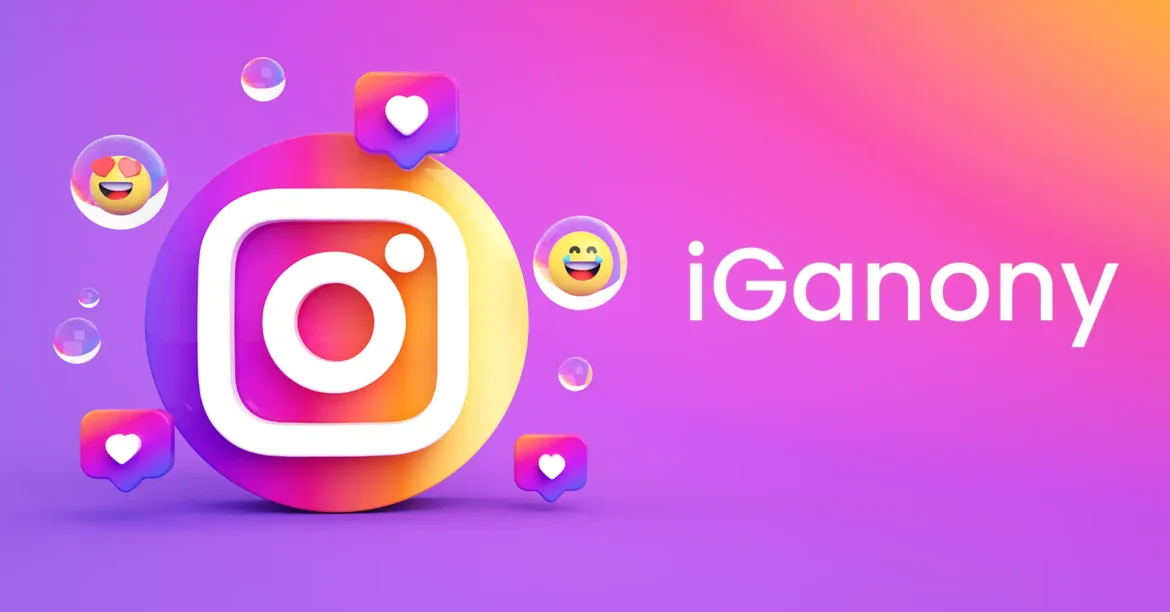Igagony is a term that evokes curiosity, mystery, and a deep cultural heritage. Though not widely known, it encapsulates a rich tapestry of traditions and stories that have evolved over generations. This article delves into the origins of igagony, its cultural significance, and its relevance in today’s world. By exploring its historical roots and contemporary manifestations, we can gain a deeper understanding of how igagony continues to inspire and connect communities.
What Is Igagony?
Defining Igagony
At its core, igagony is a cultural concept that encompasses various artistic expressions, traditions, and communal practices. It often refers to a specific form of folk art or storytelling unique to particular ethnic groups or communities. The term can vary in meaning depending on the region and the cultural context, but it generally signifies a profound connection to heritage and identity.
Igagony is characterized by its use of traditional materials, oral traditions, and performances that bring together community members. These elements foster a sense of belonging and continuity, allowing individuals to connect with their ancestors and their cultural roots.
Historical Context
To fully appreciate igagony, we must examine its historical context. Many cultures around the world have relied on storytelling and artistic expressions as a means of preserving history, sharing knowledge, and reinforcing community bonds. Igagony is often rooted in ancient customs and beliefs, reflecting the values and experiences of the people who create and participate in it.
In many cases, igagony has been passed down through generations, with each new generation adding its own interpretations and adaptations. This dynamic process ensures that igagony remains relevant and resonates with contemporary audiences while maintaining its core essence. The blending of old and new practices highlights the adaptability of cultural expressions, showcasing the resilience of traditions in the face of changing societal contexts.
The Origins of Igagony
Cultural Roots
Igagony is deeply intertwined with the cultures from which it originates. These cultural roots can often be traced back to specific geographic regions, ethnic groups, or historical events. Understanding these origins is crucial for appreciating the nuances of igagony.
For instance, in many indigenous communities, igagony may involve rituals that honor ancestors, celebrate seasonal changes, or commemorate significant life events. These practices serve as a bridge between the past and present, reinforcing the importance of collective memory in shaping cultural identity. The stories and artistic expressions associated with igagony often draw on local mythology, nature, and the shared experiences of the community, creating a unique narrative landscape.
Influences Over Time
As cultures interact and evolve, so too does igagony. The influences of migration, colonization, and globalization have all played significant roles in shaping the contemporary expressions of igagony. For instance, the fusion of different cultural elements can lead to innovative forms of igagony that reflect the diverse identities of modern communities.
While the core principles of igagony remain rooted in tradition, the ways in which these traditions are expressed can vary widely. Artists and storytellers may incorporate contemporary themes, materials, and techniques, allowing igagony to resonate with newer generations. This ongoing dialogue between tradition and innovation is one of the most compelling aspects of igagony, showcasing its relevance in a rapidly changing world.
Cultural Significance of Igagony
Community and Identity
At the heart of igagony is its role in fostering community and identity. The communal aspect of igagony is what sets it apart from other forms of artistic expression. Engaging in igagony allows individuals to connect with one another, share experiences, and participate in a collective identity that transcends individual differences.
Through igagony, community members can explore their shared history, celebrate cultural milestones, and forge strong bonds. Whether through storytelling circles, art exhibitions, or performance events, igagony creates opportunities for people to come together and celebrate their cultural heritage. This sense of belonging is particularly important in an increasingly globalized world, where individuals may feel disconnected from their roots.
Preservation of Heritage
Igagony also serves as a vital tool for preserving cultural heritage. In many cases, traditional practices, languages, and art forms are at risk of being lost due to modernization and the pressures of global culture. By engaging with igagony, communities actively participate in the preservation of their unique heritage.
Efforts to document and promote igagony are crucial for ensuring that future generations have access to their cultural history. Many communities have established initiatives aimed at recording oral traditions, reviving traditional crafts, and promoting cultural events. These efforts not only safeguard cultural heritage but also instill pride in community members, encouraging them to take an active role in their cultural narratives.
A Medium for Social Commentary
In addition to its role in community building and preservation, igagony can serve as a powerful medium for social commentary. Artists and storytellers often use igagony to address contemporary issues, challenge social norms, and provoke thought. By weaving current events and societal challenges into their narratives, they can engage audiences in meaningful conversations about important topics.
This aspect of igagony highlights its adaptability and relevance in a changing world. As social issues evolve, so too can the stories and artistic expressions associated with igagony. By using this cultural framework to address pressing concerns, artists and community members contribute to a broader dialogue about identity, justice, and social change.
Contemporary Expressions of Igagony
Revitalization of Traditional Practices
In recent years, there has been a resurgence of interest in traditional practices associated with igagony. Many communities are actively working to revitalize these practices, creating opportunities for younger generations to engage with their cultural heritage. Workshops, classes, and community events focused on traditional crafts, music, and storytelling have become increasingly popular.
This revival not only fosters a sense of pride and connection to cultural roots but also encourages the transmission of knowledge from elders to youth. As younger generations learn the skills and stories associated with igagony, they become active participants in preserving and evolving their cultural heritage.
Fusion of Styles and Techniques
Contemporary artists often blend traditional igagony practices with modern styles and techniques, resulting in innovative expressions that appeal to diverse audiences. This fusion allows for a dynamic reinterpretation of cultural narratives, making igagony more accessible and relevant in today’s context.
For example, visual artists may incorporate digital media into their work while still drawing inspiration from traditional motifs and stories. Musicians might blend traditional instruments with contemporary genres, creating a unique sound that resonates with a wide range of listeners. This adaptability ensures that igagony continues to thrive and evolve, reflecting the experiences of modern communities.
Digital Platforms and Global Reach
The rise of digital platforms has also transformed the way igagony is shared and experienced. Social media, video-sharing platforms, and online galleries provide avenues for artists and storytellers to reach a global audience. This increased visibility allows for greater appreciation of igagony and its cultural significance.
Digital platforms also facilitate collaboration between artists from different cultural backgrounds, leading to exciting new interpretations of igagony. By connecting diverse voices and perspectives, these platforms foster a sense of global community and cultural exchange that enriches the concept of igagony.
The Future of Igagony
Challenges Ahead
While igagony continues to thrive, it faces challenges in the modern world. Globalization, cultural homogenization, and the fast pace of technological change can threaten traditional practices and narratives. It is essential for communities to remain vigilant in their efforts to preserve and promote igagony, ensuring that it remains a vibrant and relevant part of their cultural identity.
Moreover, as new generations engage with igagony, there is a delicate balance between honoring tradition and embracing innovation. Striking this balance is crucial for the continued evolution of igagony, allowing it to remain meaningful and impactful.
The Path Forward
Looking ahead, the future of igagony is bright, thanks to the dedication of individuals and communities committed to preserving and promoting their cultural heritage. Continued investment in education, community engagement, and artistic expression will play a vital role in ensuring that igagony remains a source of pride and identity.
Collaborative efforts between artists, educators, and community leaders will further strengthen the impact of igagony, creating opportunities for dialogue and cultural exchange. By fostering a supportive environment for creativity, communities can inspire future generations to engage with their heritage and contribute to the ongoing narrative of igagony.
Conclusion
The allure of igagony lies in its rich origins, cultural significance, and ability to adapt to contemporary contexts. As a vital expression of identity and heritage, igagony fosters community connections, preserves cultural traditions, and serves as a medium for social commentary. By exploring its historical roots and contemporary expressions, we gain a deeper appreciation for the power of igagony in shaping cultural narratives.
You may also read: squid ward




